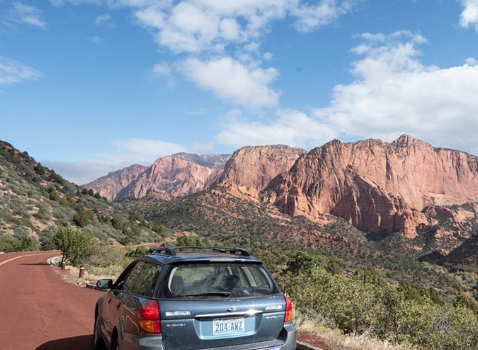
Road trips are an excellent way to create lasting memories, whether you’re cruising through scenic landscapes, enjoying great food, or blasting your favorite tunes. However, it’s easy to overlook how small expenses can quickly add up. While a road trip may initially seem like a budget-friendly option, costs like food, fuel, and accommodations can sneak up on you. Here are six practical tips to help you keep your road trip fun without blowing your budget.
1. Pack Your Own Snacks and Meals
Eating on the road is one of the most significant expenses, with drive-thrus and convenience store snacks eating into your budget. Instead, pack a cooler with a variety of meals and snacks for the trip. Include items like sandwiches, wraps, fruits, veggies, granola bars, and chips. This not only saves you money but also gives you control over what you’re eating, avoiding unhealthy fast food options loaded with sugars and fats.
If you’re traveling with a group, make it a shared effort. Have everyone pitch in by contributing food or pooling resources to buy groceries in bulk. This way, you’ll spend less than buying snack-sized items at gas stations.
2. Plan Your Stops for Meals and Drinks
Indulging in a treat or stopping for a nice meal is part of the fun, but it’s easy to go overboard without a plan. Avoid impulse purchases by setting a clear plan for when and where you’ll stop for meals and drinks. If you’re stopping at a restaurant, consider sharing meals with others, especially if portions are large. This way, you get to enjoy a nice meal without the extra cost.
3. Carpool and Minimize the Number of Vehicles
It may seem tempting to travel with a large group of friends, but more vehicles mean more expenses, especially with gas prices on the rise. Instead, try to carpool to reduce the number of cars on the road. Choose a vehicle with good gas mileage, or one that can accommodate more people to split the cost of fuel. This not only helps save money but also reduces your carbon footprint and allows you to share the driving responsibilities.
4. Consider Alternative Transportation Options
If you’re feeling adventurous and want to save on gas and insurance, consider skipping the car altogether. Research alternatives like taking the bus, train, or even a ferry. Compare the costs of public transport to what you would spend on driving, including gas, parking, and insurance. If you do choose public transportation, remember to factor in costs for getting around once you reach your destination, such as taxis or ride-sharing services.
5. Plan Your Border Crossings Carefully
For those heading to the U.S. to take advantage of cheaper shopping, it’s important to plan ahead. Check the current exchange rates and consider the full cost of your purchases, including taxes, fees, and potential duties. By calculating the total cost upfront, you’ll avoid impulse buying and ensure that you’re getting a good deal. This also applies to shopping at duty-free stores—plan your purchases to stay within budget.
6. Travel During Off-Peak Times
Timing your trip can significantly impact your expenses. If you’re flexible with your dates, consider traveling outside of peak seasons. Traveling during the off-season can help you avoid inflated prices for accommodations, attractions, and activities. Additionally, consider traveling on weekdays, as many attractions offer discounts to encourage visitors during slower times. Weekday tickets for museums, theme parks, and even movie theaters are often cheaper, allowing you to stretch your budget further.
Final Thoughts
With a little planning, you can enjoy a fun and memorable road trip without breaking the bank. Packing your own meals, carpooling, avoiding unnecessary purchases, and being mindful of your timing can help you stay within budget while still having a great time. By following these tips, you’ll be able to hit the road, make lasting memories, and save money along the way.









